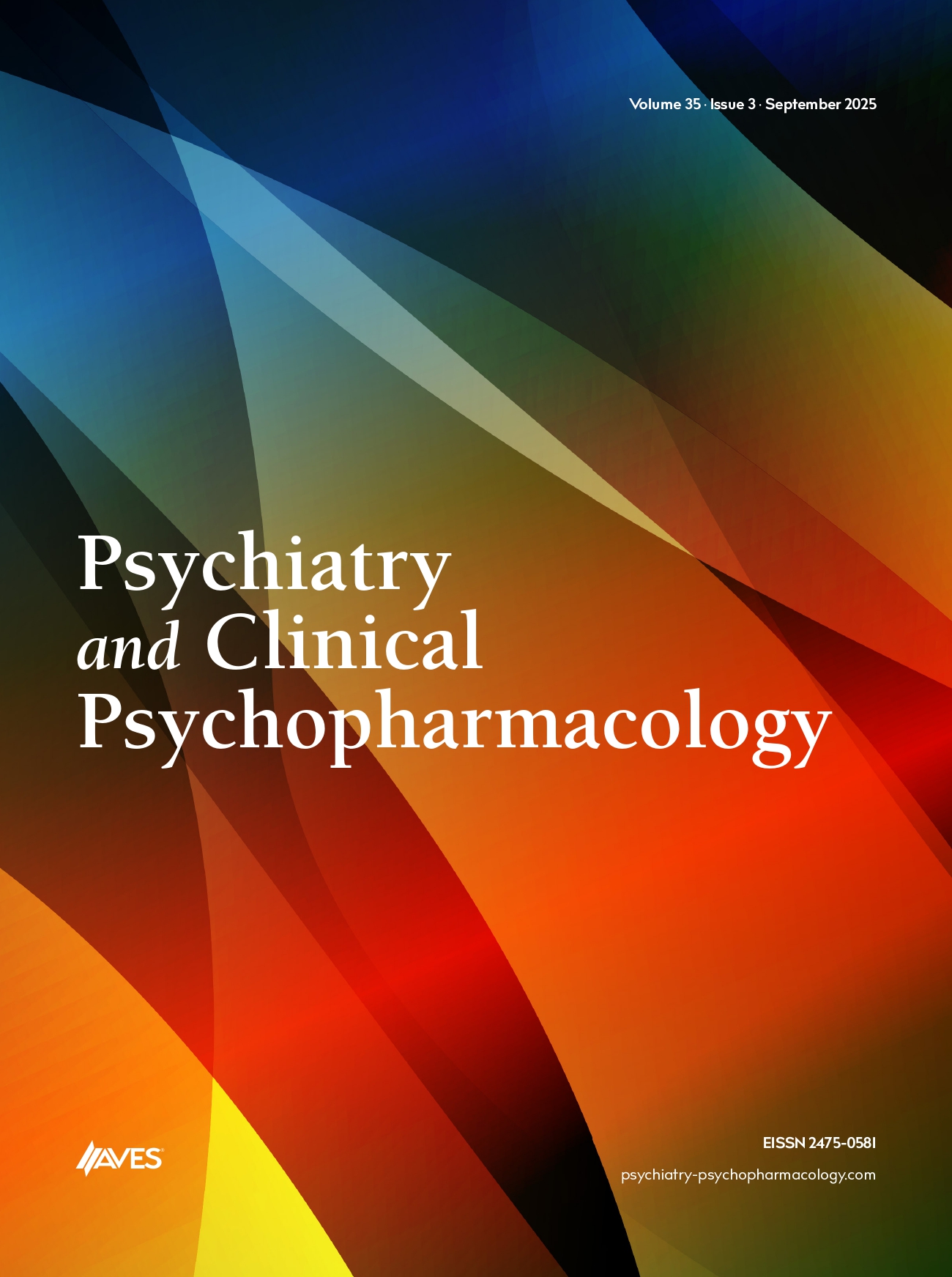Introduction: Several drugs can cause galactorrhea and it's etiology needs to be differentiated from other local or neuroendocrinological causes. All conventional antipsychotic drugs block D2 receptors on lactotroph cells and thus remove the main inhibitory inşuence on prolactin secretion. Tricyclic antidepressants, selective serotonin reuptake inhibitors, and monoamine oxidase inhibitors are less frequent causes. There is evidence that serotonin may stimulate prolactin release directly via postsynaptic 5-HT receptors in the hypothalamus or indirectly via 5-HT mediated inhibition of tubuloinfundibular dopaminergic neurons. However, galactorrhea due to antidepressants is not consistently associated with elevated prolactin levels, which may suggest still unexplained mechanisms of antidepressant-induced galactorrhea. We report a case of euprolactinemic galactorrhea in a woman with generalized anxiety disorder while on treatment with şuoxetine.
Case Report: A 29-year-old woman visited a psychiatric outpatient clinic with complaints of excessive and uncontrollable worry about minor life events, feeling restlessness, irritability, muscle tension, tiring easily, and poor sleep that started 8 months prior to admission. She had no history of endocrine or reproductive pathology or psychiatric problems. She was diagnosed as having generalized anxiety disorder according to the DSM-IV criteria and was started on şuoxetine 20 mg per day. After 4 weeks of medication, her symptoms diminished. However, she developed unilateral galactorrhea (the nonpuerperal discharge of milk-containing şuid from the breast). She had no history of galactorrhea. She first noticed the discharge on treatment day 21 and described it as white-creamy and from the right nipple. She did not notice any bloody, greenish, or foul-smelling discharge, nor did she report any sexual dysfunction. She consulted her gynecologist, who recommended a mammogram and breast ultrasonography. The pregnancy test was negative. The results of these tests and breast examination were normal. Serum prolactin level on treatment day 28 was 18.18 ng/mL (reference range: 2.5-29 ng/mL). Because her galactorrhea developed after the initiation of şuoxetine, her medication was discontinued. Buspirone 5 mg/day was started and gradually raised to 20 mg/day. Eight days after stopping şuoxetine, the patient reported reduction and cessation of galactorrhea. At the 3 month follow-up visit, the patient was well maintained on buspirone and there was no re-emergence of galactorrhea.
Discussion: Although galactorrhea caused by the use of şuoxetine has been reported earlier, the commonly perceived cause is hyperprolactinemia. Fluoxetine has been shown to potentiate elevation of prolactin levels from other stimuli, including insulin, fenşuramine, and 5-HT. However, hyperprolactinemia is not the only mechanism responsible for the development of SSRI-induced galactorrhea. The exact mechanism of galactorrhea remains unknown in many cases. Our patient developed galactorrhea without hyperprolactinemia after beginning şuoxetine therapy. The strict temporal relationship between the use of the drug and the onset of galactorrhea, as well as the resolution once treatment was discontinued, suggests a causal link between the two phenomena. To the best of our knowledge, we are the first to report an association with şuoxetine use and galactorrhea without elevated prolactin levels. Clinicians should consider şuoxetine as a possible cause of galactorrhea even with normal prolactin levels. Future research should investigate the precise mechanisms of antidepressant-induced normoprolactinemic galactorrhea.


.png)
.png)